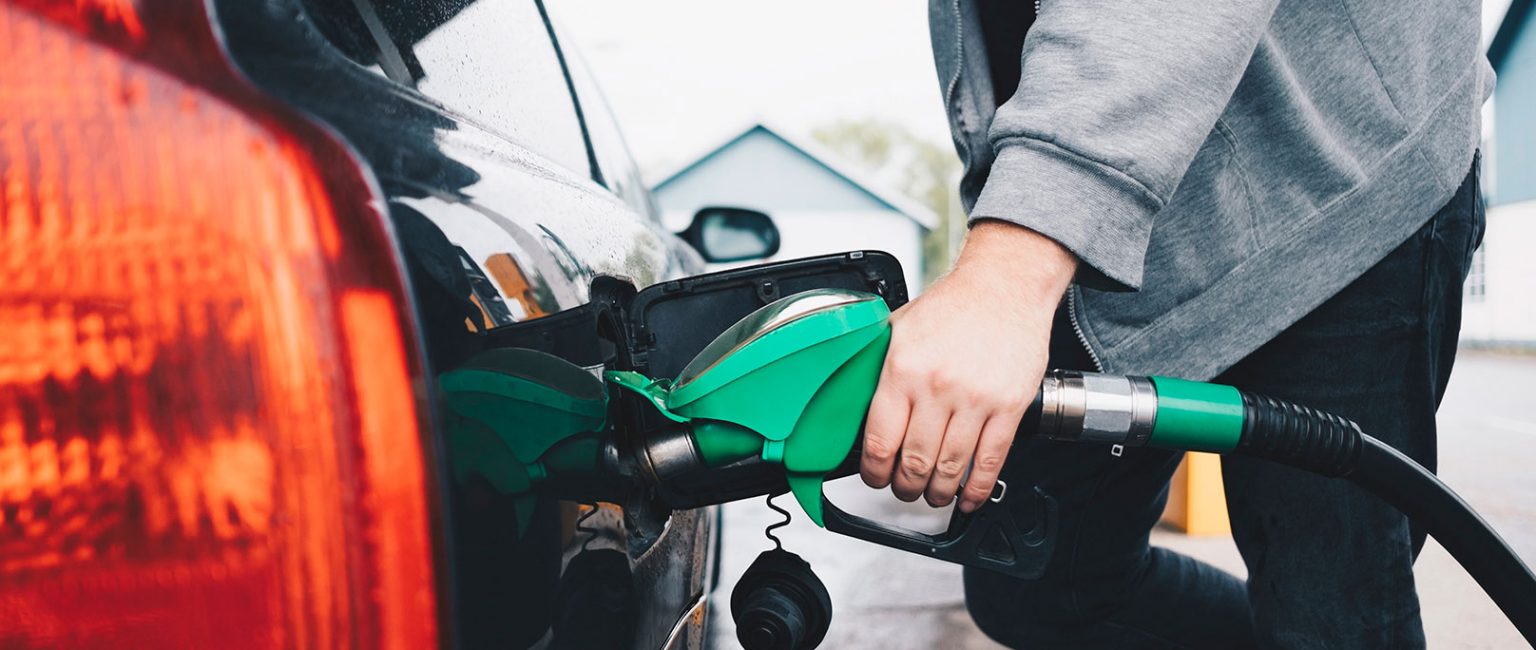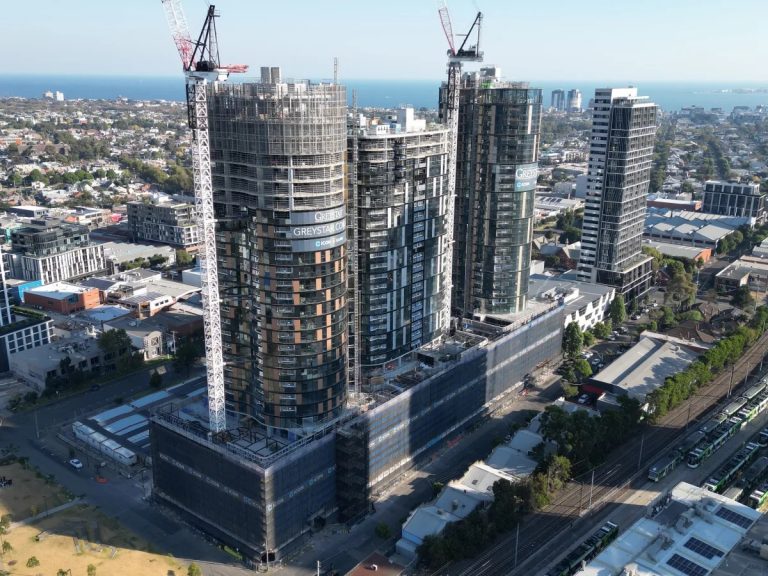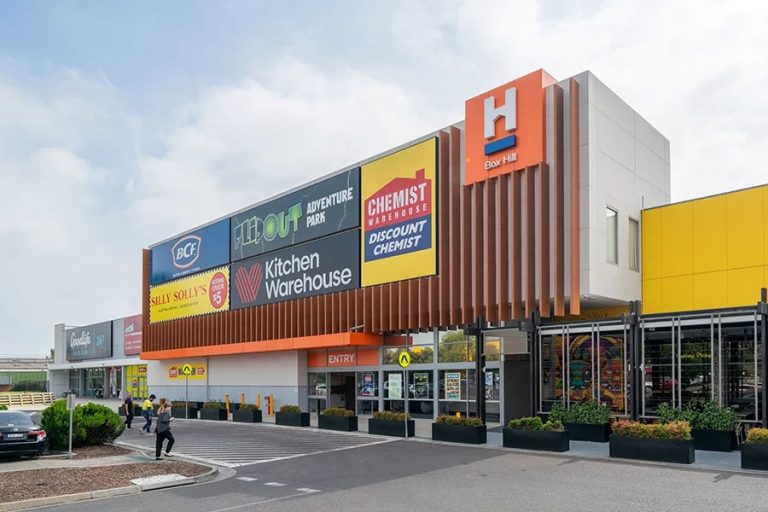Buying a petrol station for investment

Perhaps no commercial sector in Australia sells a more in-demand product than the fossil fuel industry – and with more than 19 million registered vehicles in the country as of January 2018, that’s unlikely to change anytime soon.
The country’s continued reliance on fossil fuel means that petrol stations represent fairly low-risk investments, delivering a steady flow of rent over a typically long lease.
But would-be investors need to approach potential purchases with caution, as fuel leaks can be costly.
Here’s what you need to know about buying a petrol station.
Commercial Insights: Subscribe to receive the latest news and updates

To be a commercial success, petrol stations typically need to be located close to high-traffic areas. Picture: Krzysztof Dydynski / REA Group
Things to consider before buying a petrol station
As with most commercial properties, the tenant, lease length and location are all important considerations for would-be investors. But there are a number of industry-specific details to look out for, too.
1. The age of the site
Newer sites are preferable, as they offer greater tax depreciation benefits and tend to come with double-wall fibreglass tanks, which are less likely to leak fuel into the ground than old steel tanks.
Consequently, banks lend more liberally to investors buying newer sites, according to CBRE Commercial’s Joseph Du Rieu.
“If there are old metal tanks instead of new fibreglass tanks, many banks will often close the book on it – or provide finance on much stricter terms,” he says.
2. The tenant
An ASX-listed tenant is the holy grail here, as these tenants generally operate under head office leases, which offer a greater level of security.
“Caltex, Viva Energy, who operate Shell, Eureka Operations, which trades as Coles Express – they’d be your ‘blue-chip’ tenants,” says Du Rieu.
“Then you’ve got BP, 7-Eleven, United Petroleum, Liberty Oil, which is 50% owned by Shell, and Puma Energy. And then the third tier is dealer sites, where fuel is sourced from a major provider but the lease is held by a third party.”
Investing: What’s hot and what’s not in commercial property
3. The lease
Just because a service station has a blue-chip tenant doesn’t necessarily mean they have them on a favourable lease.
Net leases are more convenient than gross leases, as net leases require tenants to pay for all the service station’s outgoings, including council and water rates, land tax and insurance premiums.
And, perhaps unsurprisingly, longer leases are more sought-after than shorter ones. Not only do they provide more stability, they make it easier to secure finance and improve the property’s resale value, according to Du Rieu.
“A lot of the new sites we’ve sold recently have had new 15-year leases with 7-Eleven,” he says.
“And what that effectively allows a buyer to do is borrow money against it, at a fixed rate, probably for seven years, which might carry them through the next property cycle.”
The final aspect of the lease to run your eyes over is the rent, which often has annual increases built into the lease.
Coupled with the length of the lease, the rent is the key determinant of the service station’s sale price.

Location is a key factor when it comes to buying a petrol station.
4. The location
As ever, assessing the property’s location is a no-brainer. The service station either needs to be located on busy roads or close to dense residential areas.
Without a steady flow of traffic, whether you have double-glass fibreglass tanks or steel tanks is ultimately academic.
5. The environmental site assessment
Requesting a copy of the petrol station’s most recent environmental site assessment report is one of the most important aspects of service station due diligence.
Valid for 12 months, these reports detail any past contamination issues, an understanding of which is crucial to any successful deal. Commissioning a soil test is also often recommended.
Cost of a petrol station
One of the main determinants of a petrol’s station price is the amount of rent paid by the tenant, which is largely a product of the station’s location and size.
It’s likely to be in the millions, but a smaller station may go for less.
“The biggest sale we had in 2018 was a brand-new Caltex in Queensland, which we sold to a husband and wife at auction for $12,050,000,” says Du Rieu.
“The smallest sale we had in 2018 was a Caltex in Avondale Heights. We sold that for about $3.5m. The Queensland station had higher rent and was positioned on the M1, one of the biggest roads in the state, whereas the Avondale Heights one had much lower rent.”
Apart from the purchase price, you’ll also need to pay stamp duty, unless you’re in South Australia, which abolished the levy for commercial property transactions in July 2018.

Offering long-term leases and fixed rental increases, petrol stations are often sound, hassle-free investments. Picture: Getty
Is it profitable to own a petrol station?
The operating businesses won’t disclose their recent sales figures to prospective buyers, but you can get a pretty good idea of a petrol station’s profitability from the lease length and rent, according to Du Rieu.
“If you’ve got a market rent and a long-term lease, you can assume that the tenant has forecast they’ll be able to pump a lot of fuel from the site, and that the site’s going to be there for a pretty long time,” he says.
What’s more, if the tenant is on a net lease, then you won’t need to worry quite as much about the station’s business performance, as the tenant will be required to cover all of the station’s outgoings. This means your income will be insulated from fluctuations in the tenant’s sales figures.
How to finance a purchase
Financing a petrol station is a little different from financing a residential property. You’ll need to apply for a business loan, rather than a standard home loan, and you’ll need to provide a business plan and profit forecasts.
First, though, Du Rieu says the bank will ask to see copies of the lease and latest environmental site assessment.
“If there’s no contamination and you hand them a 10- or 15-year head office lease, they’re going to look at it favourably,” he says.
Most lenders will lend up to 50% or 60% of the property for newer properties, but slightly less for older properties that pose higher environmental risks.







